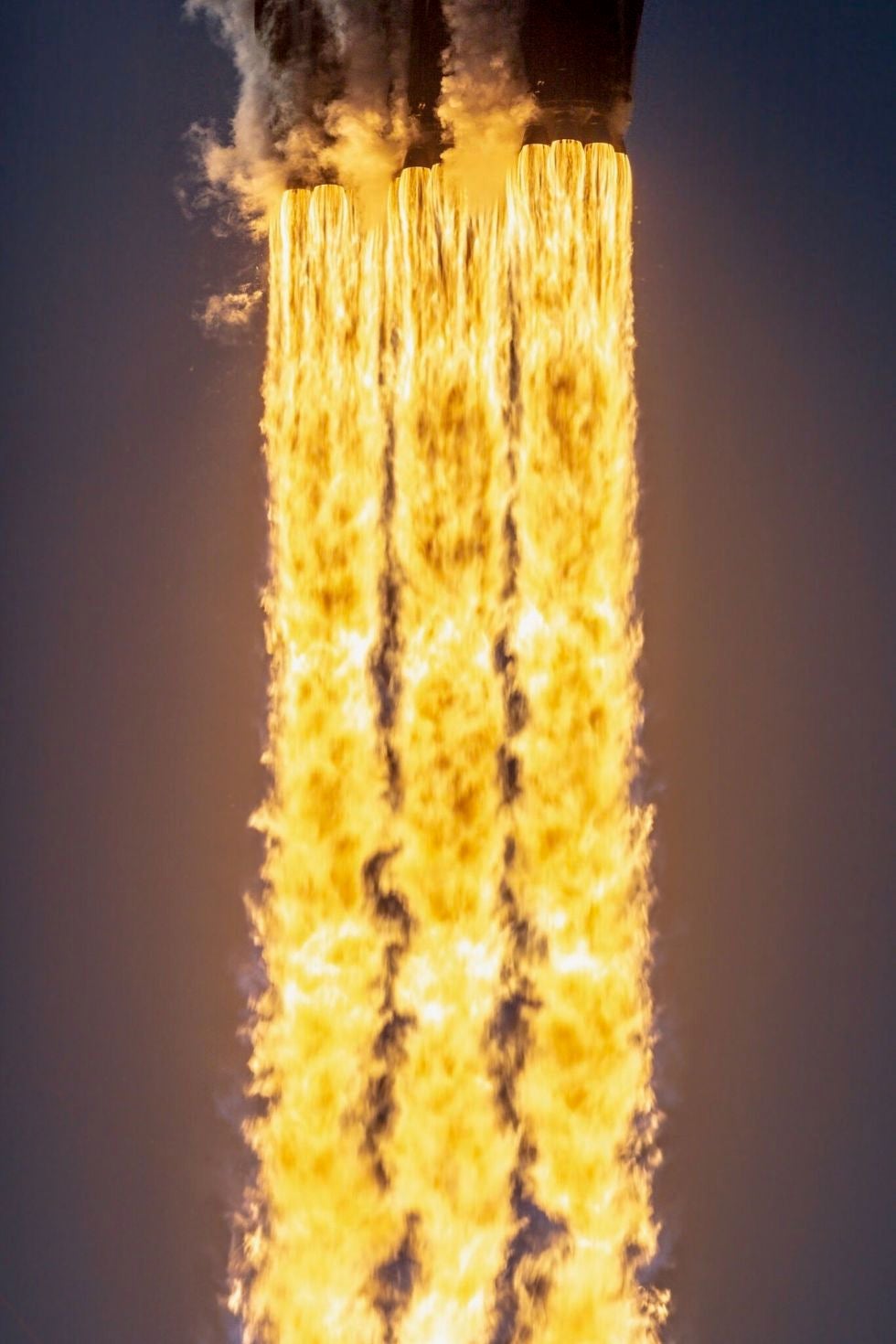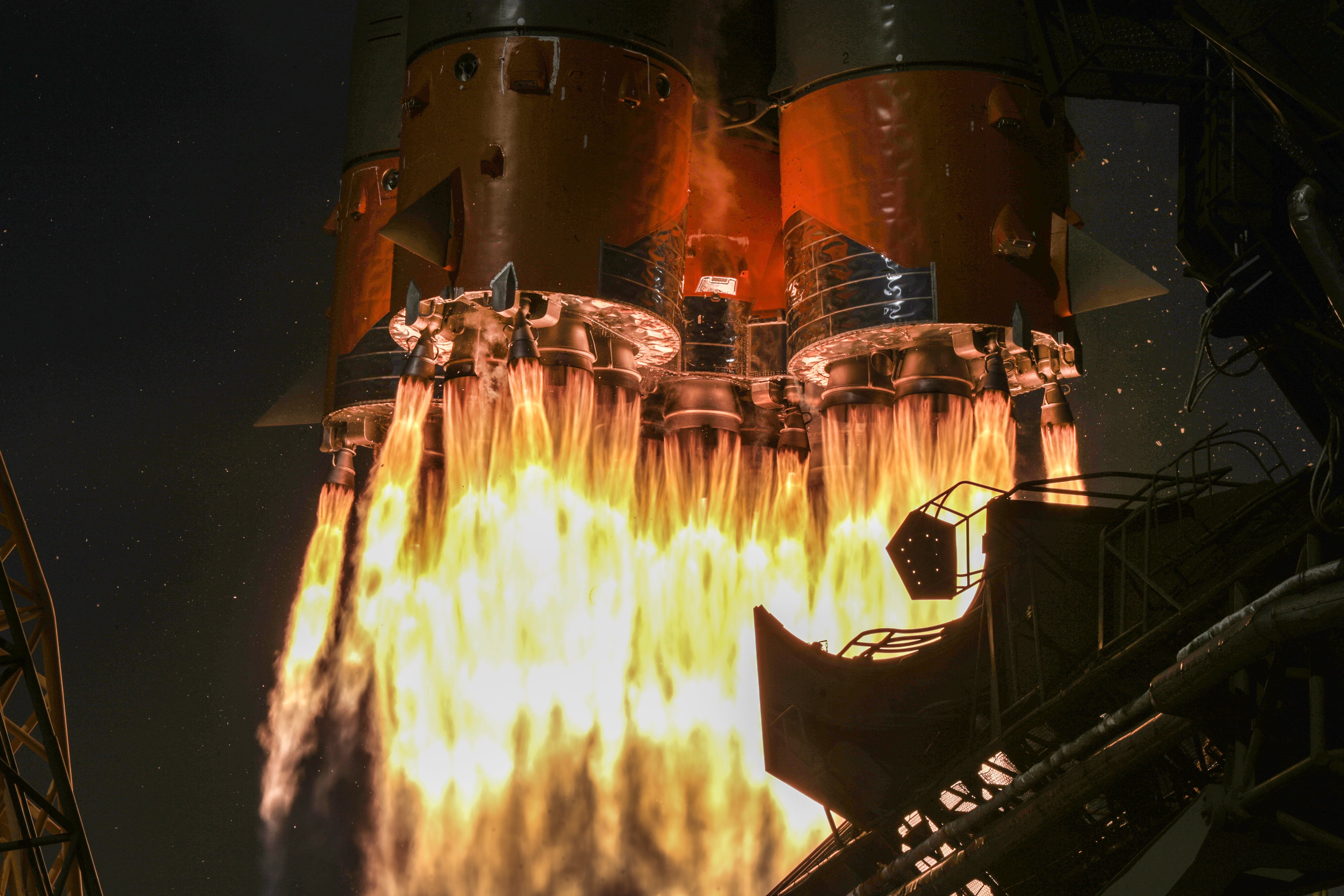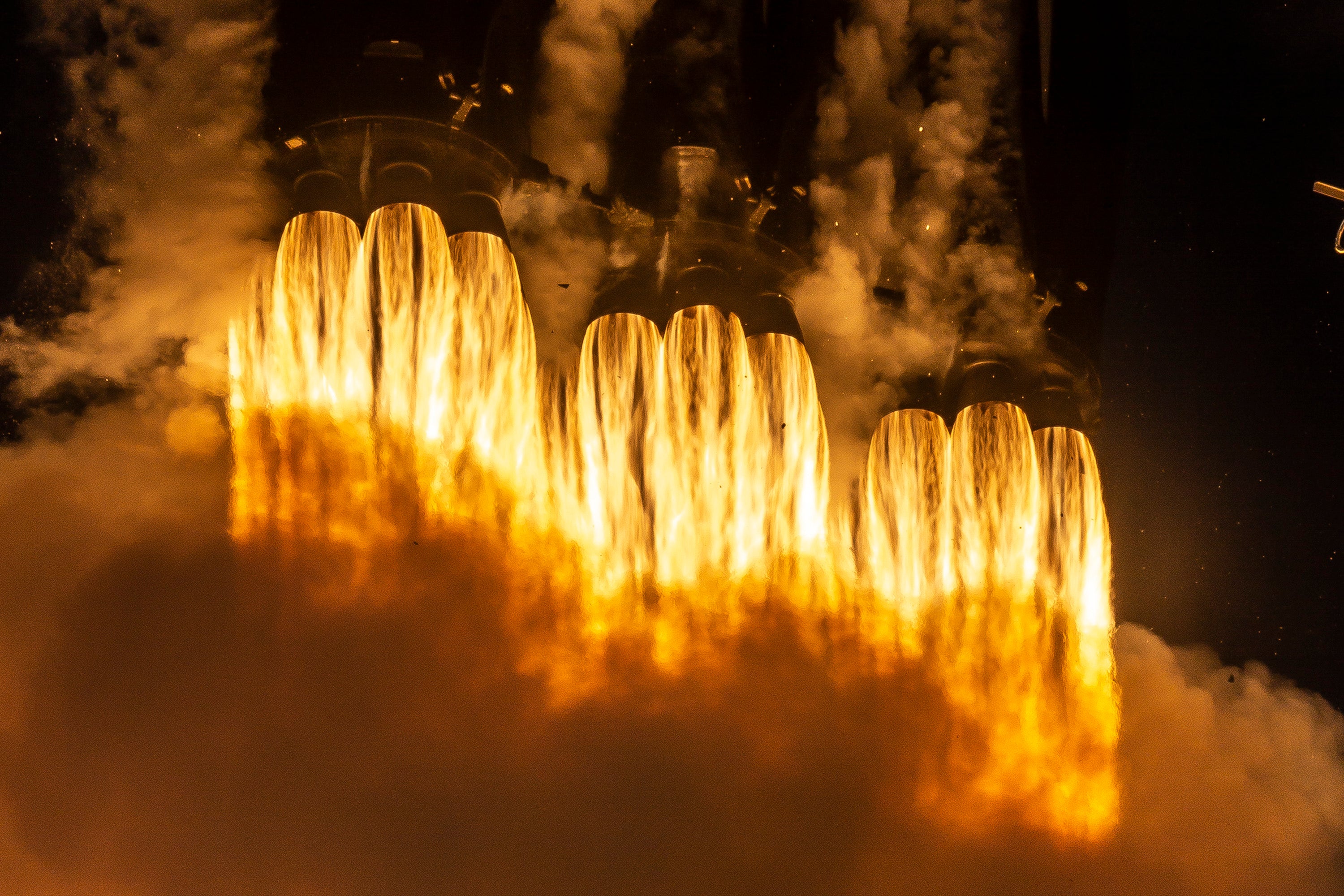 "user314" (user314)
"user314" (user314)
04/12/2019 at 12:58 ē Filed to: Spacelopnik, SpaceX, Falcon heavy, POWER!
 2
2
 12
12
 "user314" (user314)
"user314" (user314)
04/12/2019 at 12:58 ē Filed to: Spacelopnik, SpaceX, Falcon heavy, POWER! |  2 2
|  12 12 |

 This is what we'll show whenever you publish anything on Kinja:
> user314
This is what we'll show whenever you publish anything on Kinja:
> user314
04/12/2019 at 13:02 |
|
#BOOST
 KingT- 60% of the time, it works every time
> user314
KingT- 60% of the time, it works every time
> user314
04/12/2019 at 13:05 |
|
Somebody had too much Taco Bell yesterday
 For Sweden
> user314
For Sweden
> user314
04/12/2019 at 13:09 |
|
Buncha †pushy bois
 nerd_racing
> user314
nerd_racing
> user314
04/12/2019 at 13:16 |
|
For science, what kind of emissions does this produce?†
 For Sweden
> nerd_racing
For Sweden
> nerd_racing
04/12/2019 at 13:35 |
|
It uses kerosene for fuel, and produces the carbony-type of emissions.
 EngineerWithTools
> nerd_racing
EngineerWithTools
> nerd_racing
04/12/2019 at 13:54 |
|
All of them.
 nerd_racing
> EngineerWithTools
nerd_racing
> EngineerWithTools
04/12/2019 at 13:56 |
|
Iím curious how many cars worth of emissions one launch causes.††
 OPPOsaurus WRX
> user314
OPPOsaurus WRX
> user314
04/12/2019 at 13:57 |
|
i saw this one yesterday

 EngineerWithTools
> nerd_racing
EngineerWithTools
> nerd_racing
04/12/2019 at 15:45 |
|
Thatís complicated. Google will lead you to all sorts of discussions on the subject, some better than others. Hereís the really short story:
Looking at CO2 only, because thatís easier and is getting a lot of attention.
1 gallon of gasoline produces 19.6 lbs of CO2 when burned. 1 gallon of kerosene produces 21.5 lbs. If you look at energy content vs CO2 produced, gasoline and kerosene are even closer. Letís call them the same.
A Falcon Heavy has 3 x 272,300 lbs of kerosene. At 6.68 lbs/gal, thatís a total of 122,290 gallons of kerosene for the first stage.
If the car in question has a 20 gallon fuel tank, then the first stage of a Heavy produces the same amount of CO2 as driving your car enough to refill it 6100 times.
Thatís a lot when compared to a single car. Compare it to all of the cars driven daily in the US and itís a lot smaller, 122,290 gallons for one launch, ~39
1,000,000 gallons per day burned in cars in the US.
†
 Longtime Lurker
> EngineerWithTools
Longtime Lurker
> EngineerWithTools
04/12/2019 at 23:30 |
|
But how many MPGs does it do?
 EngineerWithTools
> Longtime Lurker
EngineerWithTools
> Longtime Lurker
04/13/2019 at 13:08 |
|
Ha!
Infinite, or near enough to make no difference. There is enough energy to get the payload out of earthís gravity well, so for all practical purposes the distance travelled on a tank† has no limit.
 ttyymmnn
> user314
ttyymmnn
> user314
04/24/2019 at 12:28 |
|

This is just so ridiculously cool.†